- In October 2020, S.E.A.L. Team 6 – also known as DEVGRU – were called upon to conduct, from their staging area in Spain, a 3,000-kilometre hostage rescue operation in Nigeria. The operation not only saw the involvement of ST6 but also included up to 18 aircraft, among them KC-135 Stratotankers which conducted multiple air-to-air refueling missions – in the darkness – to get the rescue force to and from the objective. This is the story of that operation.
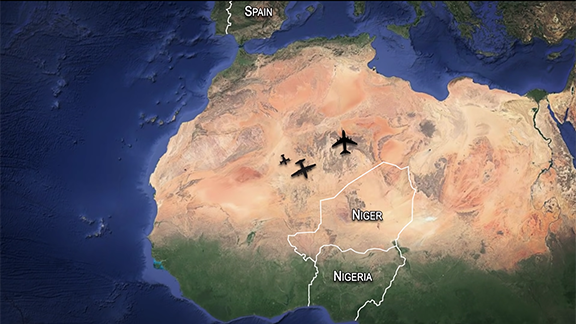
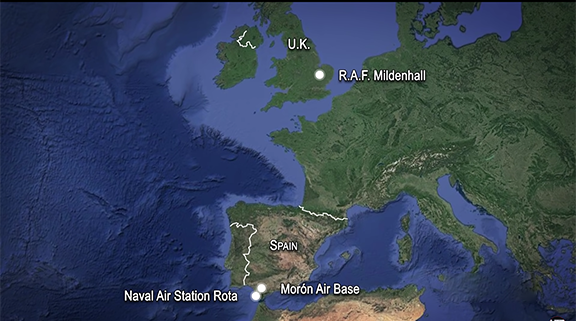
On the 28 of October 2020, old American Philip Walton 27-year went to a farm in the village of Masalata. Not long after leaving the area, the kidnappers were joined by a seventh member, used Philip’s phone to contact his dad, and demanded that A ransom of 1 million dollars was to be paid if his son was to be released.
Meanwhile, Nigerien and American authorities were alerted to the incident leading Nigerien and security forces to increase their presence around the Masalata.
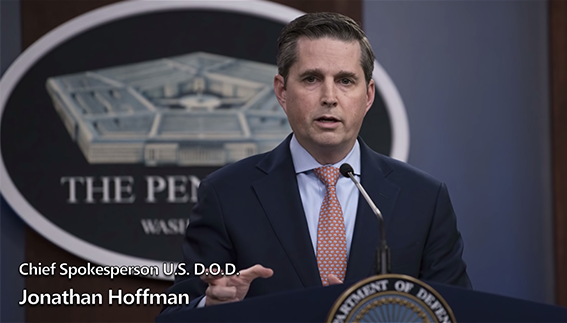
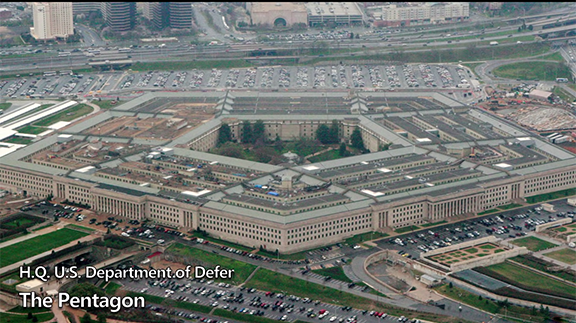
At once, the CIA took over leadership of the insurgent operation, thereby locating Philip’s whereabouts. Within 2 days of the abduction, the CIA, through the use of cellphone surveillance, had tracked the kidnappers to an undisclosed location in the north of neighbouring Nigeria.
It has been reported that once this was achieved, the team from the Marine Forces Special Operations Command, MARSOC, conducted an underground reconnaissance and confirmed that Philip was held in the location.
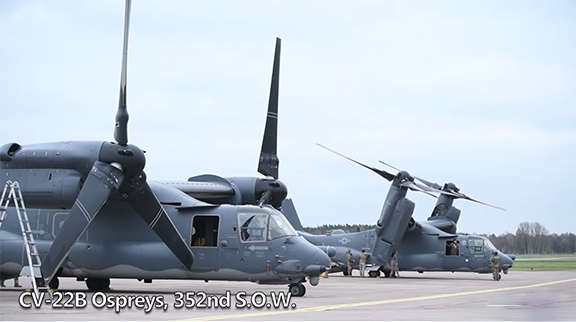
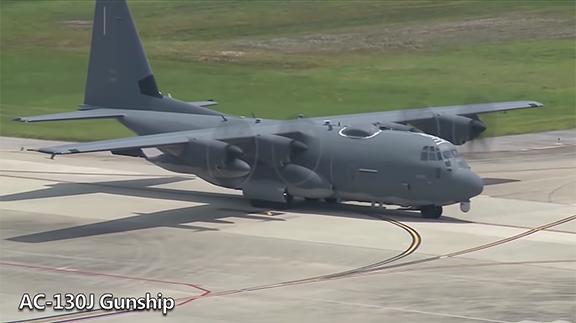
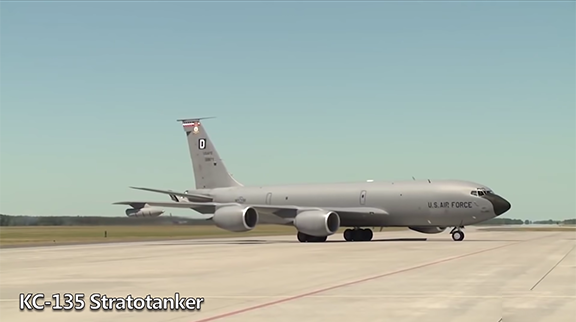
Starting from midday, 29 October, the first military assets began to pour in full anticipation of a rescue operation. Six CV-22B Ospreys, two MC-130-J Commando II aircraft, all of the 352nd S.O.W from RAF Mildenhall, UK to Spanish Naval Air station, Rota, Spain. Then they were joined by two more MC-130-J Commando II, flying out Aalborg, Denmark, and five KC-135 Stratotankers of the 100 Air Refuelling Wing from Mildenhall, to Spanish airbase at Moron. This substantial air grouping was joined by two AC-130-J gunships which took off from Little Rock Airbase in Arkansas and landed at Rota on the morning of 30 October.
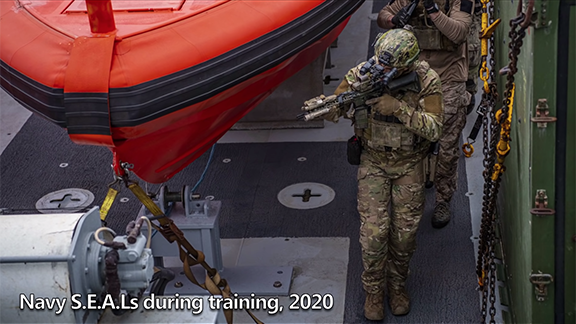
Forming the ground contingent of this force which will be ultimately tasked with the rescue of Philip Walton, was a detachment of SEAL TEAM SIX, who is seen as a death group, were likewise transferred to Rota.

In the meantime, US intelligence with the assistance of the Nigerien and Nigerian counterparts continued to monitor events at the hideout. Though it appeared that the kidnappers acted alone, at the HQ US Department of Defence, The Pentagon, there were concerns that Mr Walton could the sold on to one of the many terrorist organizations that operated in West Africa, most especially Islamic State and Al Qaeda. Consequently, there was a need to conduct a rescue mission as soon as possible. And when that became a real possibility that the hostage would be sold on, the green light was given, on 30 October for the Navy SEALs to go in.
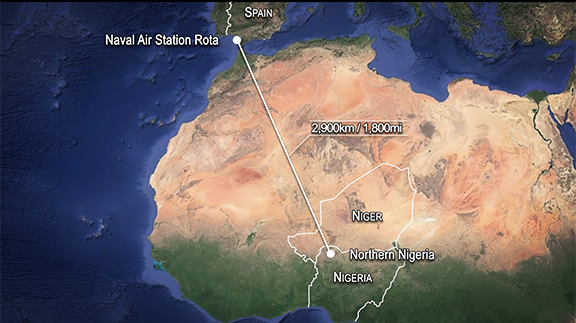
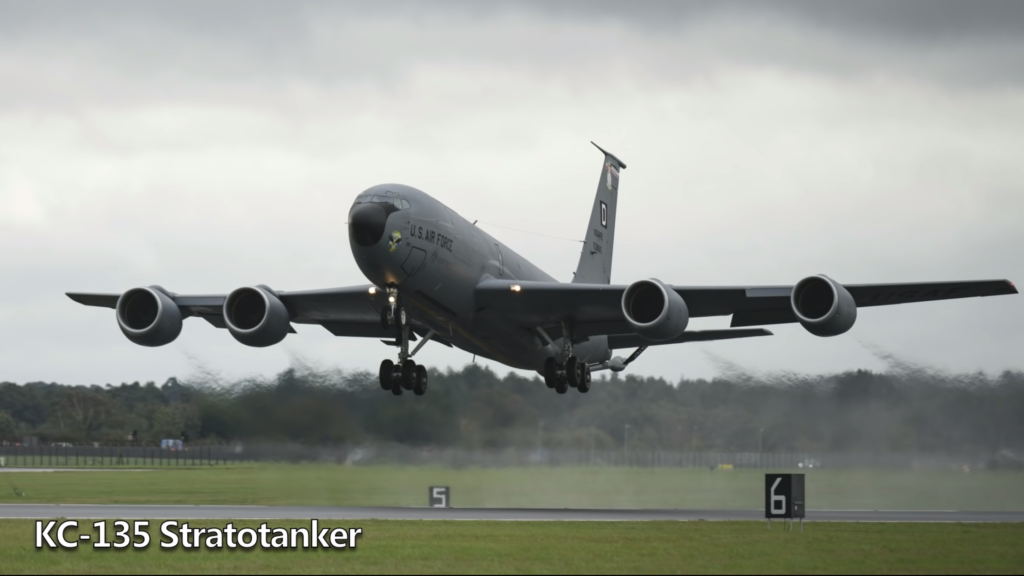
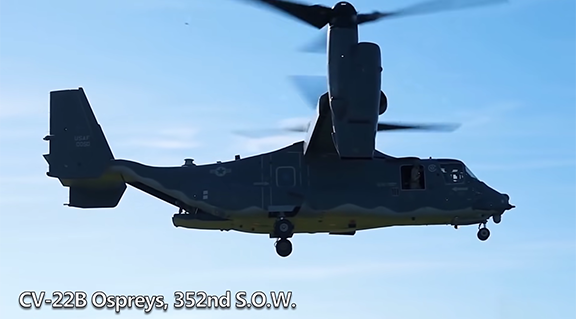
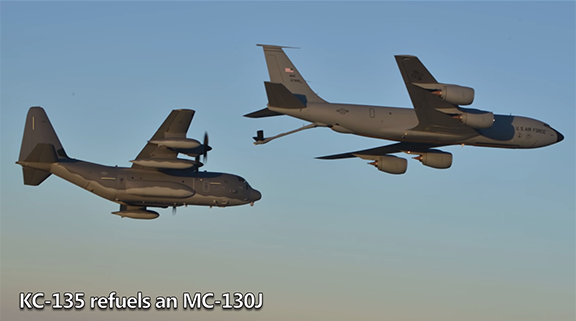
At Naval Air Station Rota, the first elements of the American Air Task Group began taking off to Nigeria at around 18.30 with the 4 Ospreys and the 4 MC-130s got airborne and flew out across Morocco. 30 minutes after, they were joined by one of the AC-130 gunships, followed at about an hour later by the two of the KC-135 Stratotankers which had departed from the Moron Air Base at 19.30 and linked up with the air task groups somewhere over northwest Africa. Upon linking up, the two tankers began the first of several air-to-air refueling missions that would get the Task group to, and from the target with the KC-135s refueling the four MC-130s which in turn refueled the four Ospreys.
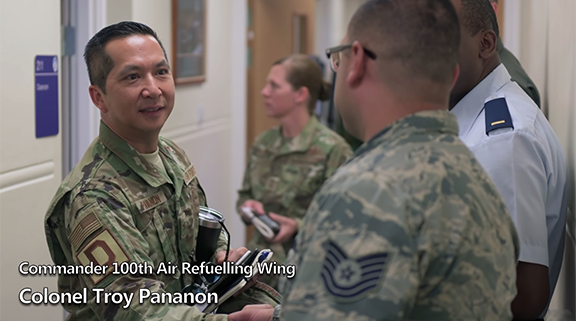
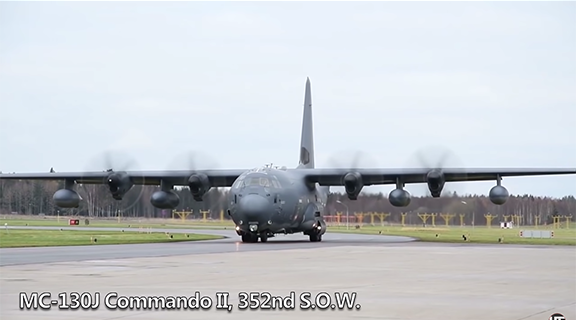

Col Troy Pananon, Commander of the 100th Refueling wing says, “Its trying to match all that up mid-air, going about 300 miles and hour, having aircraft 10-12 feet of each other at night. In favourable weather conditions, it’s a challenge…We made it look so easy, but it’s not that easy.”
On the completion of the first refueling mission, the Stratotankers returned to base, while the Task Group continued on to their objectives, arriving in the northern hours before the first of October. As they did so, the naval SEAL ground elements, which numbered between 20 -30 SEALs carried out a parachute jump a couple of kilometers from the kidnappers’ hideout from the MC-130s or CV-22 Ospreys. After they had landed, the SEALs formed up and moved on foot. An AC-130 gunship began to circle above
At the same time, a US Navy P8A-Poseidon Aircraft arrived in the area and used its intelligence, surveillance, and reconnaissance capabilities to aid the operation.
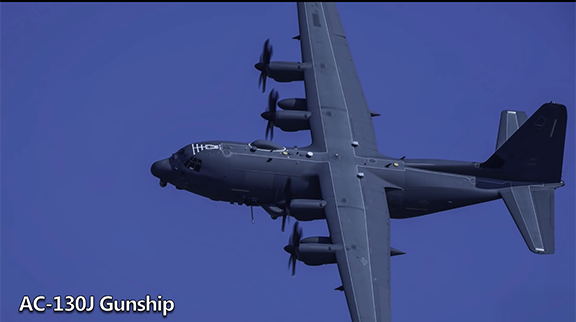
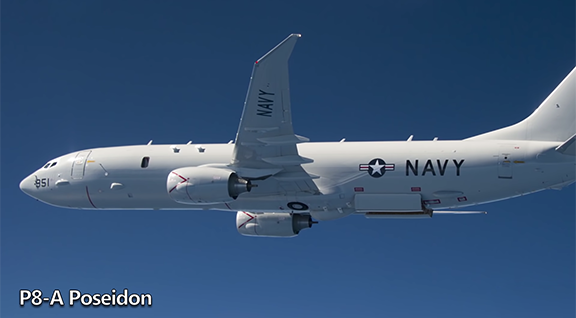
Meanwhile, having advanced from their drop zone, the SEALS arrived at their objective and put in a coordinated attack that would last a few seconds. Six of the kidnappers are shot dead before they knew what was happening.
The fate of the seventh kidnapper isn’t clear. Through statements from unidentified US Defence Department officials claimed he escaped during the assault.
Once the hideout had been secured, the Navy Seals recovered Philip Wanton and began the extraction phase of the operation which involved them being airlifted out by the CV-22B Ospreys and transported to an airbase in Niger.

Later in the day, Jonathan Hoffman, of the Department of Defence DoD, broke the news of the operation. “US Forces conducted an operation to rescue an American citizen held hostage by a group of armed men. The American citizen is safe and is now in the care of the US Department of State. No US Military personnel were injured in the operation.”

